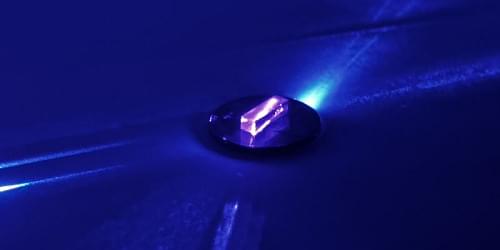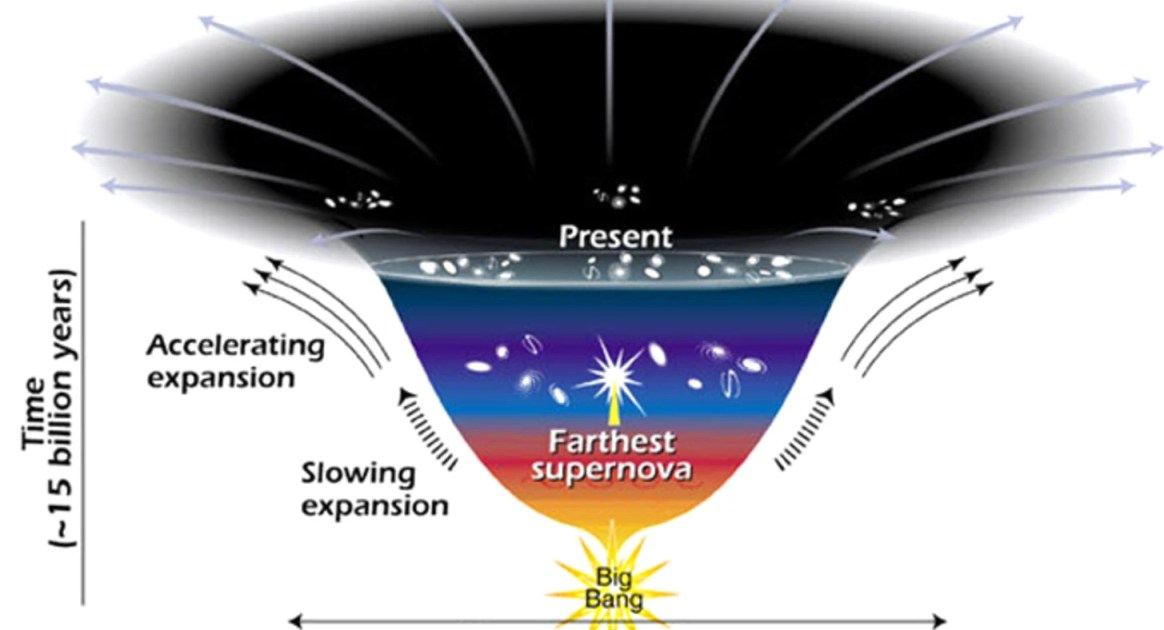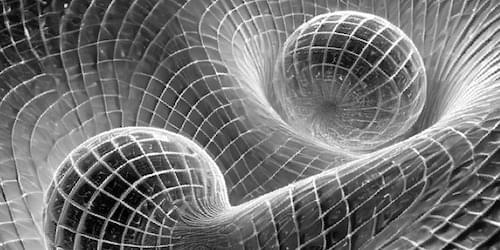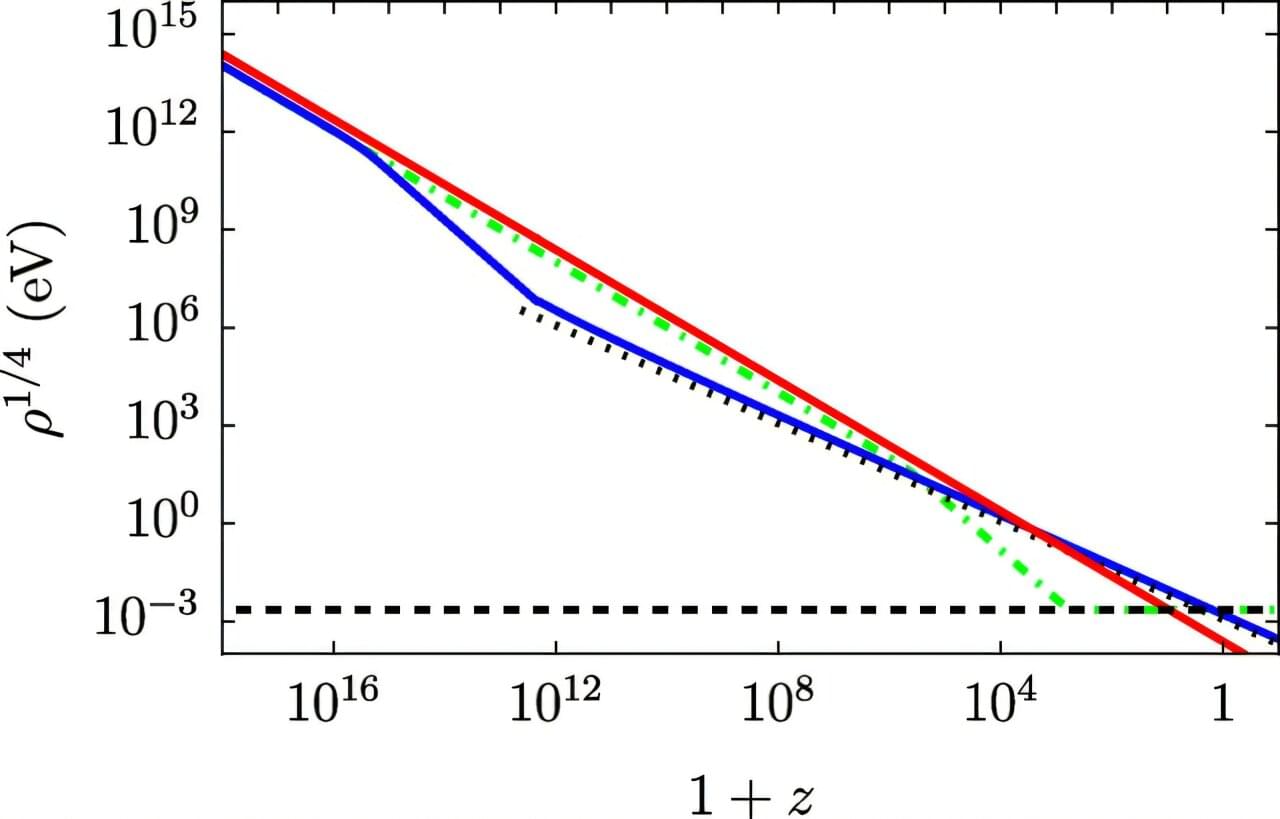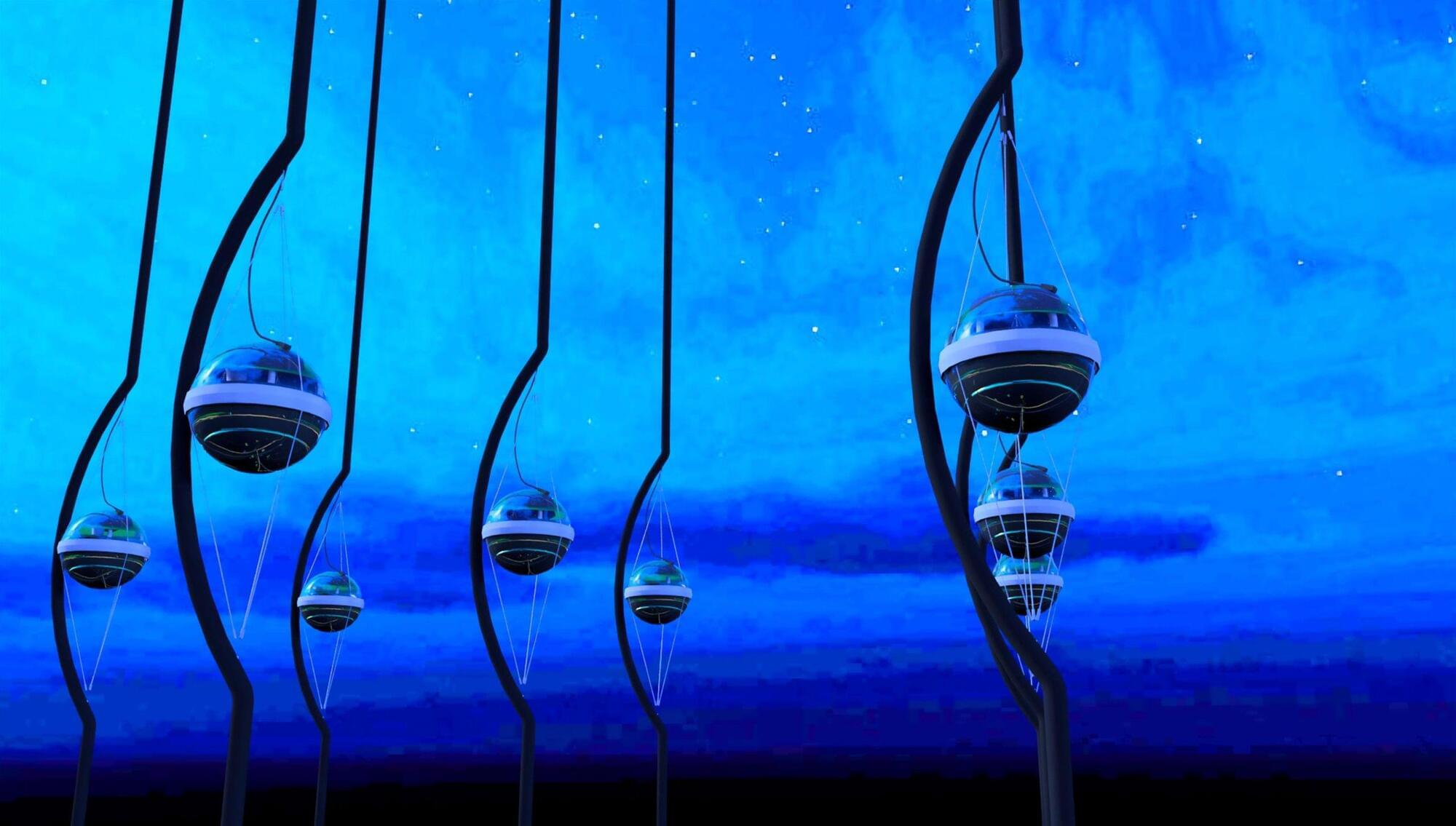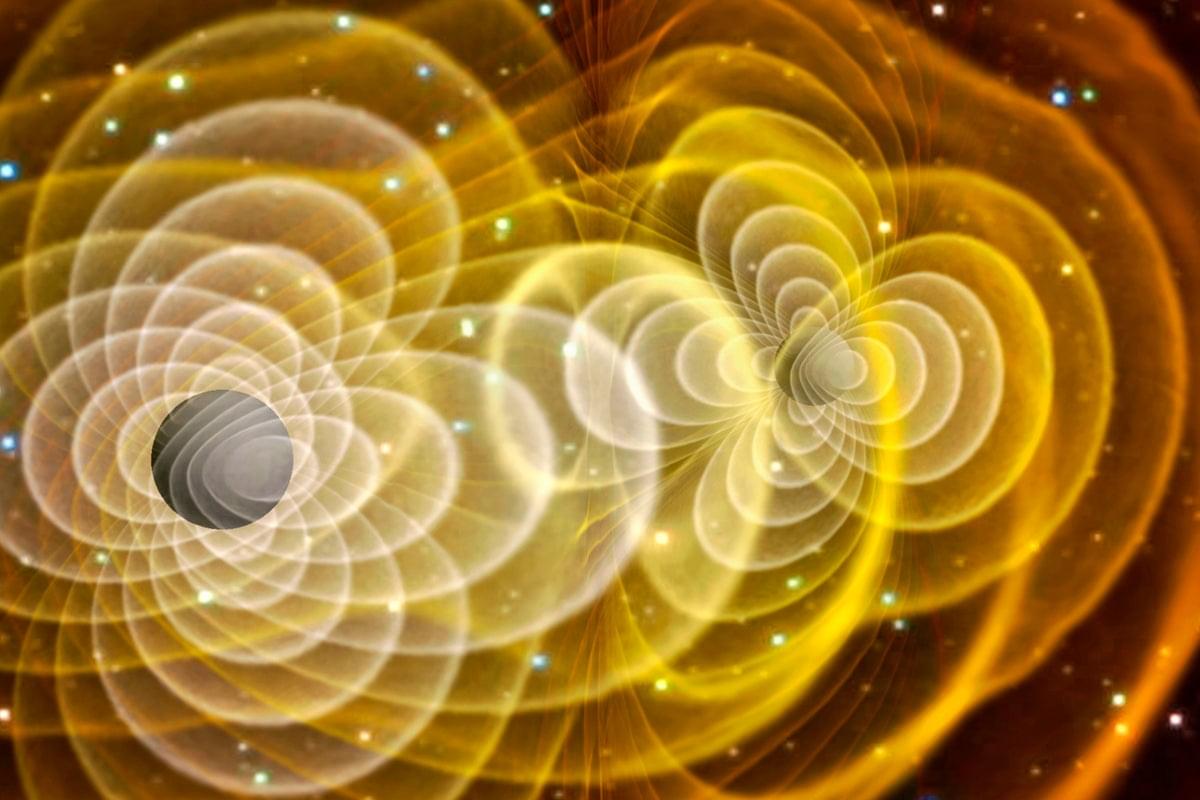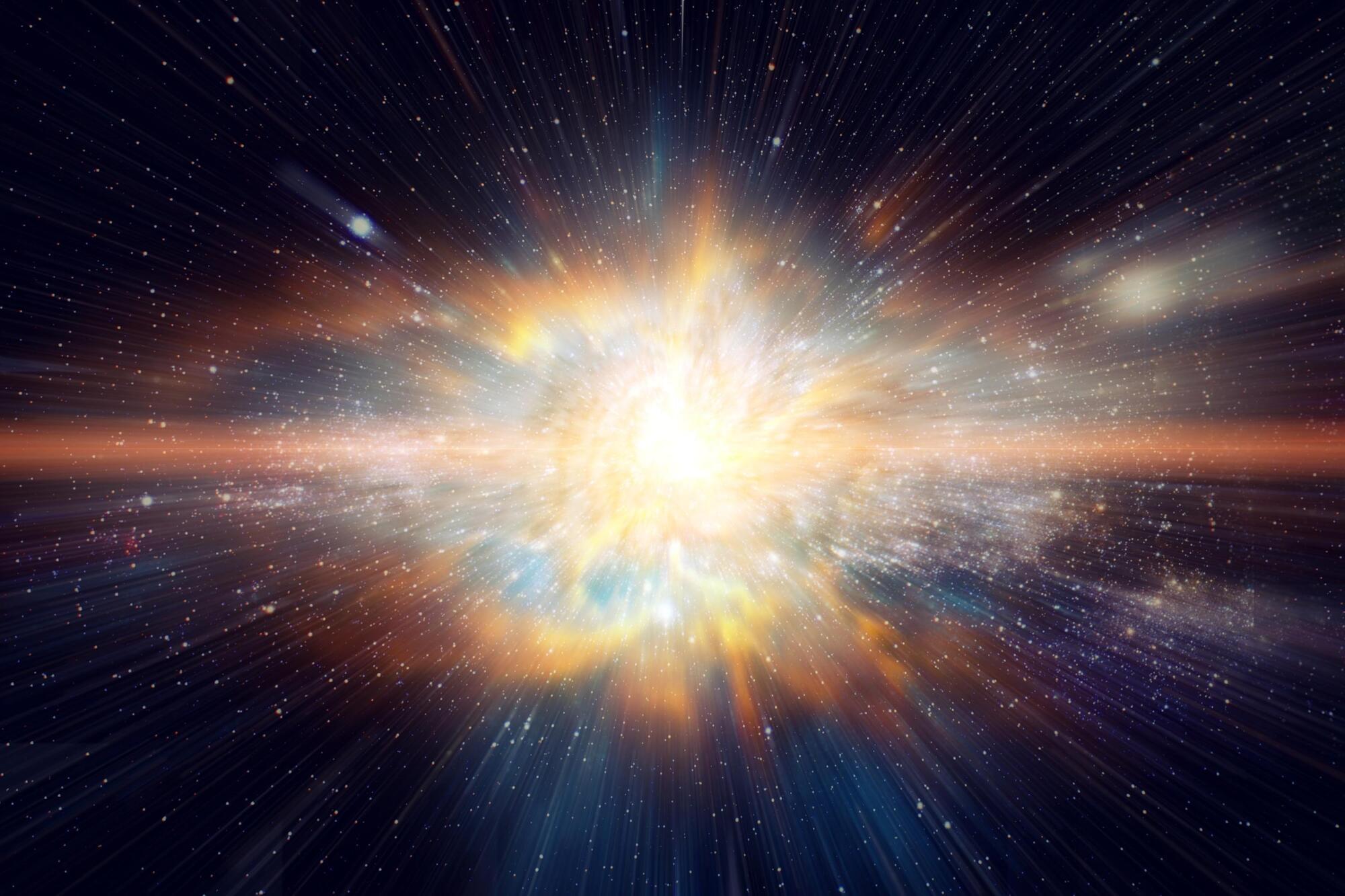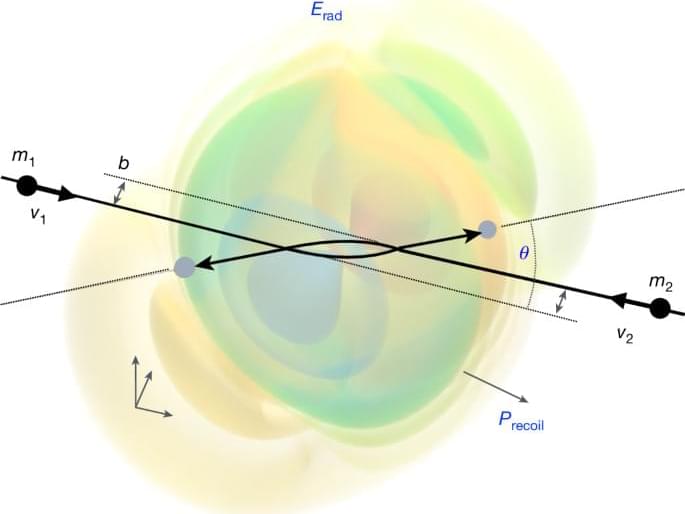High-energy particles or gamma rays are usually needed to kick an atomic nucleus up to a higher-energy state. But last year, scientists excited thorium-229 nuclei with just laser light (see Viewpoint: Shedding Light on the Thorium-229 Nuclear Clock Isomer). Laser-excited nuclei could be useful for making precise timekeepers and sensitive quantum sensors. And now, Wolfram Ratzinger at the Weizmann Institute of Science in Israel and his colleagues have shown how these nuclei also provide a way to detect certain speculative particles that may constitute dark matter [1].
Several models of dark matter involve axions or other extremely light bosons. Thanks to their lightness, these particles would have to be abundant—so much so that they would collectively behave like a classical field, oscillating at a frequency proportional to their mass. The particles’ interactions with the building blocks of nuclei—quarks and gluons—would cause various nuclear properties to oscillate at that same frequency. Among those properties is the energy of the photon emitted by an excited thorium-229 nucleus. Crucially, the oscillations in that energy are predicted to be much more pronounced, and therefore easier to detect, than those in other properties.
Ratzinger and his colleagues conducted the first-ever search for these oscillations in a previously reported spectrum of light emitted by excited thorium-229 nuclei. Finding no oscillations, the researchers set upper limits on the coupling strength of ultralight dark matter particles to quarks and gluons for particles ranging in mass from 10–20 to 10–13 eV. These limits are less stringent than those obtained through other means, but the team anticipates that ongoing and future experiments could set much stronger and possibly decisive constraints.
